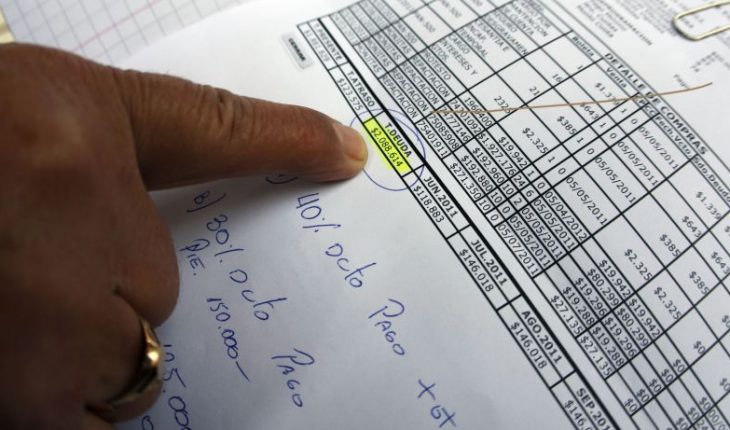11.6% fell in Chile during the third quarter of this year (July-September) compared to the previous quarter of 2020 (April-June), from 4,959,145 to 4,384,502, that is, 574,643 people stopped integrating the records, as indicated by the XXX Morosa Debt Report developed by the University of San Sebastian and Equifax.As of August 26, Law No. 21.214 came into force , which prohibits reports of debts incurred to finance education, which was part of this quarter’s downfall. However, by inginging this factor, there is still a drop of 9.3%. “There are several reasons for the decline in debtors that are not only attributable to the 10% withdrawal. It should be considered that many measures have been taken in the pandemic to be able to defer credits from both banks and the Government. On the other hand, at the beginning of the year the new delinquenies rose with small amounts, but then people began to take action and borrowed less, took greater safeguards and, in addition to this, it is likely that many have paid part of their delinquenity with the withdrawal of 10% of pensions,” explained Gonzalo Edwards, dean of the Faculty of Economics and Business of San Sebastian University. With respect to values, it is estimated that in the last quarter the value of the average den reaches $1,999,200 at pesos in September 2020, or 6.3% higher than the September value of last year; and is at least 5.4% higher than the values of the immediately previous quarter. The report states that, in terms of quantity, 42% of delinquent people are in retail and 27% in banking. When the share in amount is measured, 59% focus on banking and 21% on retail. Meanwhile, only 3.8% correspond to new delinquents, representing just 0.7% of the increase in the last year. In parallel, 20.3% are intermittent delinquent and 75.9% correspond to delinquents from all previous periods. For the total number of delinquent people in the country, 4.4% are foreigners, who own an average delinquent of $1,813,010. In the breakdown by region, Antofagasta ranks first with the highest average deberry, up to 9.5% higher than in the same period of the previous year. It is followed by the Metropolitan Region with a 9.3% increase, Tarapacá (2.9%) and Atacama (7.0%). For its part, in Gran Santiago the average morayberry of Vitacura remains the highest, reaching $9,918,751; followed by Providence ($5,991,983) and Las Condes ($5,692,334). Regarding the participation of delinquent people per commune, he leads Puente Alto with 7.7%, followed by Maipú with 7.2% and Santiago with 6.1%. When testing delinquent people according to gender, it is shown that 2,148,396 delinquents are men, with an average debt that rose 7.8% in a year and reaches $2,693,823; while 2,236,106 are women, those who filed a 3.5% increase in the value of their debt in twelve months, reaching an average value of $1,331,823.Both record their principal delinquent debt in banking, concentrating 52% and 60% of the stake in debt amount, respectively. Depending on age, the segment between 30 and 44 years is the one that concentrates the most delinquent debtors, corresponding to 36.7% of the share; followed by the group between the age of 45 and 59, with 29.6%.
translated from Spanish: Delinquents fell by 11.6% in the third quarter of 2020
December 3, 2020 |





